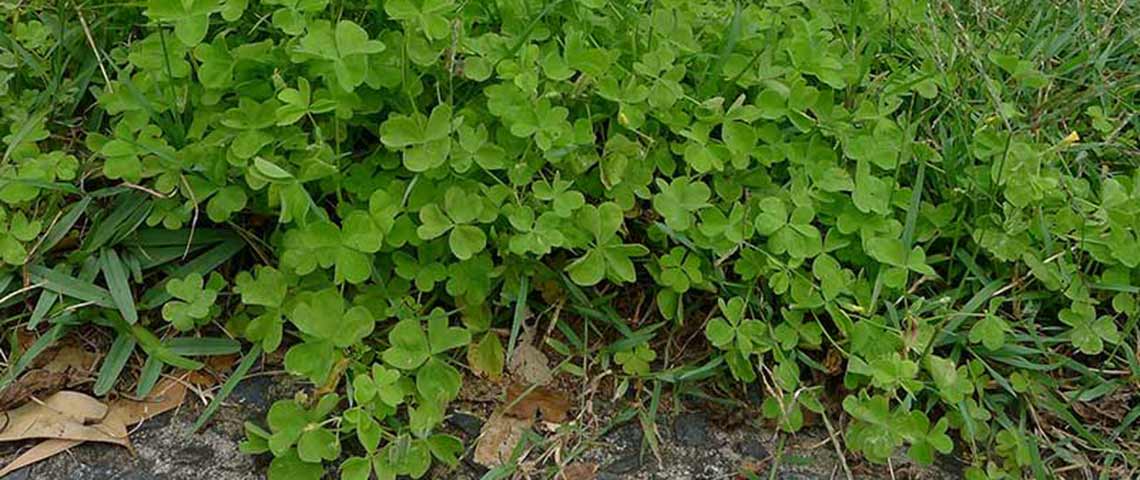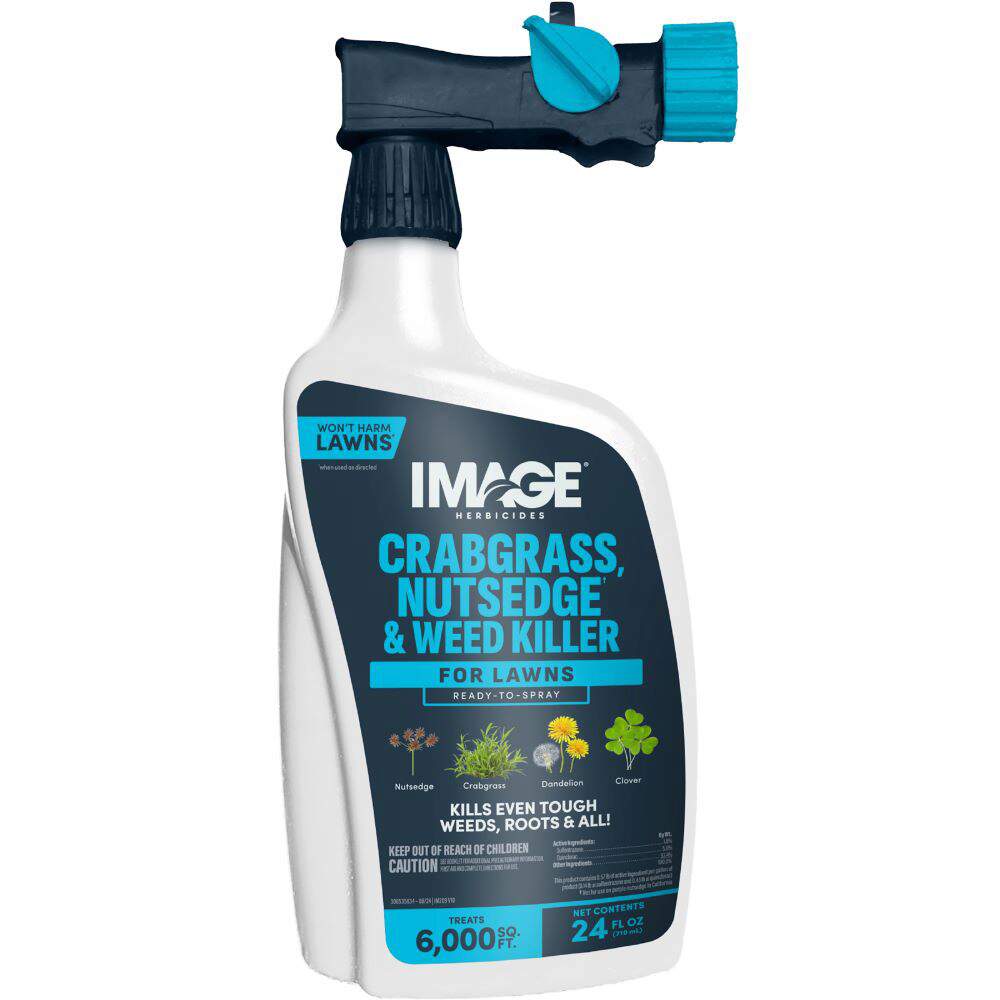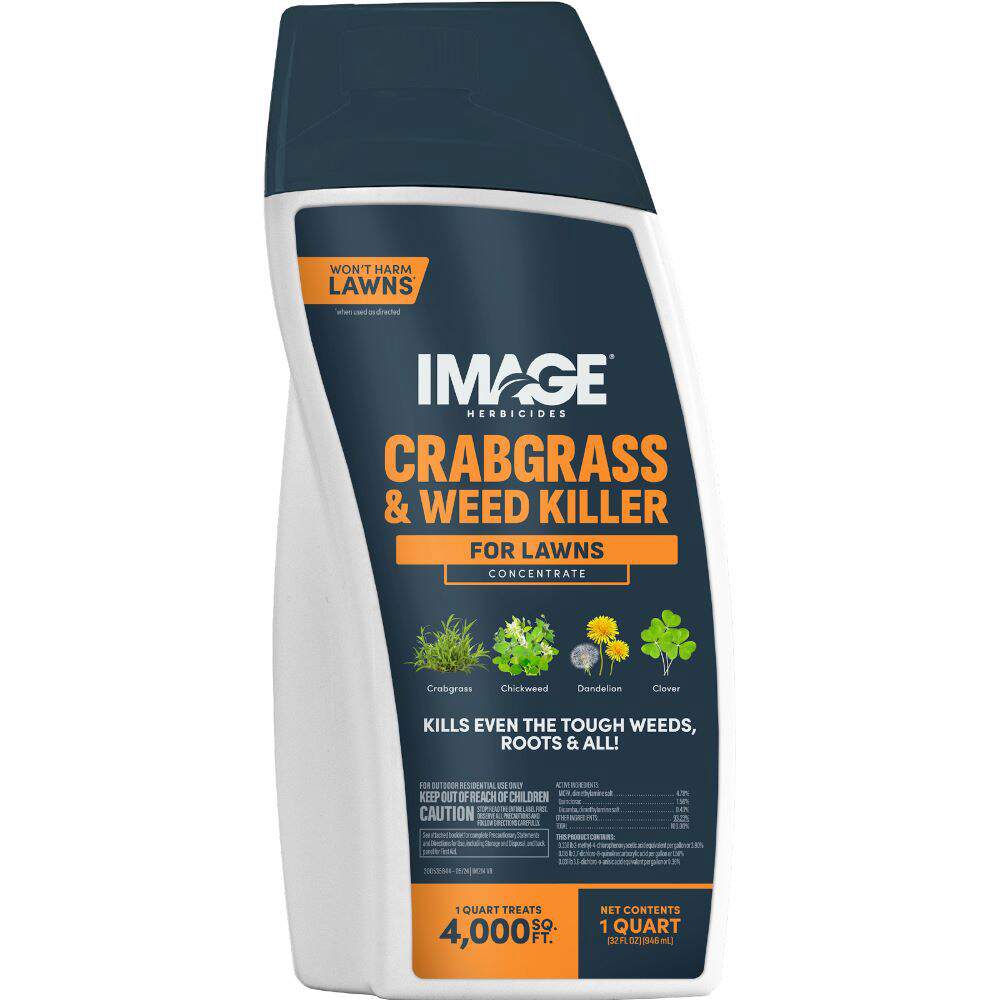HOW TO IDENTIFY OXALIS
Oxalis is a broadleaf perennial weed that, left unchecked, comes back from the roots year after year. Each distinctive shamrock-like leaf has three heart-shaped leaflets outlined with tiny hairs. Depending on the plant, oxalis leaves are deep green, purple-red or both. At night and during times of stress, the creased leaflets fold inward, held on leaf stalks up to 3 inches long. Oxalis stems may be hairy or smooth and range in color from greenish-pink to red.
Oxalis flowers occur singly or in clusters from spring through fall. Each tiny 1/2-inch bloom has five vibrant yellow petals. Slender, 1/2- to 1-inch long, okra-shaped fruit capsules follow the flowers. Held perpendicular to their stems, the capsules contain tiny, ridged, dark brown seeds. When seeds ripen, the pointed capsules explode. Ejected oxalis seeds travel 12 feet or more.
Common yellow oxalis (Oxalis stricta) grows up to 20 inches tall. It spreads underground via long, slender stems known as rhizomes. Creeping oxalis (Oxalis corniculata) spreads via above-ground stems known as stolons, which stay close to the soil and root as they creep along. Creeping oxalis has a greater tendency toward purple leaves, but common oxalis can have purple leaves, too.
WHERE AND WHY OXALIS GROWS
Oxalis is common throughout the U.S.: Common yellow oxalis appears everywhere except the westernmost states. Creeping oxalis is found in all but parts of the Upper Midwest and Central Plains. In cold northern climates, creeping oxalis may die out like an annual, but the weed grows back from seed each year.
Oxalis prefers partial shade and moist soil, which present challenges for many lawn grasses. Once established, this weed tolerates wide-ranging conditions, including sunnier, drier sites. Oxalis weeds frequent lawns, gardens, nurseries, roadsides and fields. They even grow in sidewalk cracks.
HOW TO CONTROL OXALIS
When treating oxalis or other lawn weeds, always read product labels thoroughly and follow directions. Some lawn grasses are sensitive to herbicides, so make sure the label lists your grass type. Only treat established lawn grasses, not newly seeded areas. For best results, treat oxalis when small, new plants emerge.
Image Herbicides offer several highly effective liquid products to kill or control oxalis:
- Image Herbicides Crabgrass, Nutsedge & Weed Killer for Lawns, available in Ready-to-Spray and Concentrate versions, is a selective weed killer. It starts working on actively growing weeds on contact. This post-emergent herbicide kills oxalis to the root.
- Image Herbicides Crabgrass & Weed Killer for Lawns, available as Ready-to-Spray and Concentrate products, kills even tough oxalis — roots and all. Apply this selective post-emergent herbicide when oxalis is actively growing.
- Image Herbicides Weed Killer for Southern Lawns, available in Ready-to-Spray and Concentrate forms, starts working immediately to kill oxalis and other tough listed broadleaf weeds down to the roots.
Oxalis Control Tip: Each oxalis fruit capsule contains up to 50 seeds, which germinate in late spring to start new perennial plants. To break the cycle of seeds, treat oxalis plants before they flower and produce seed capsules.
If you're looking for a granular option for post-emergent weed control, Pennington Full Season Weed & Feed 25-0-8 controls oxalis and feeds your lawn.
Always read product labels thoroughly and follow instructions, including guidelines for lawn grasses, frequency of applications and seasonal maximums that may apply.
OXALIS GALLERY

Oxalis Patch

Creeping Oxalis

Creeping Oxalis Hairy Stems

Oxalis Seed Pods

Oxalis Seeds




